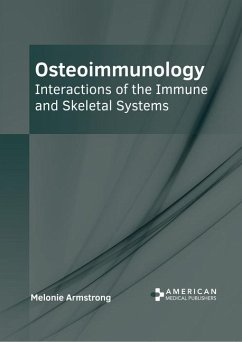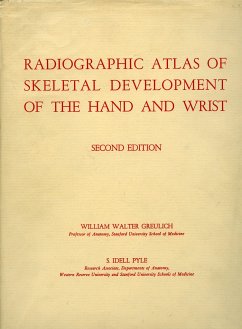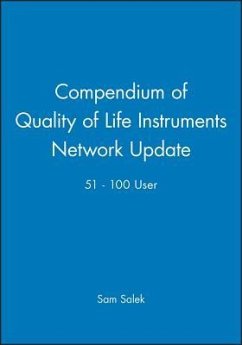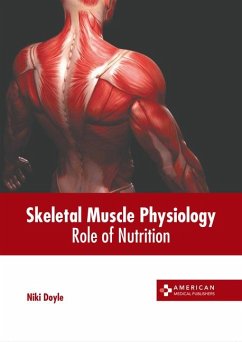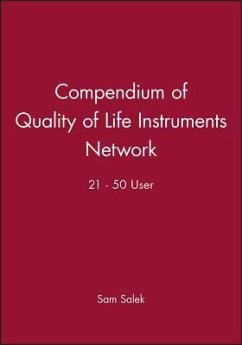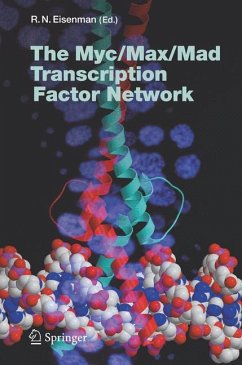
Elucidating the Epistatic Network of Cardiac and Skeletal Myogenesis
Versandkostenfrei!
Versandfertig in 6-10 Tagen
51,99 €
inkl. MwSt.

PAYBACK Punkte
26 °P sammeln!
The striated muscle forming regions in the vertebrate embryo respond to extra-cellular signals emitted from surrounding structures. Subsequently, genetic programs are activated in these tissues; ultimately forming cardiac or skeletal myocytes. P19 are embryonal carcinoma cells that can differentiate into beating myocardium and multi-nucleated skeletal myotubes that are biochemically and physiologically similar to in vivo tissues. MyoD (a member of the Myogenic Regulatory Factors (MRFs)), Sonic Hedgehog (Shh), Gli2 and Meox1 play roles in the commitment of cells into the skeletal muscle lineage...
The striated muscle forming regions in the vertebrate embryo respond to extra-cellular signals emitted from surrounding structures. Subsequently, genetic programs are activated in these tissues; ultimately forming cardiac or skeletal myocytes.
P19 are embryonal carcinoma cells that can differentiate into beating myocardium and multi-nucleated skeletal myotubes that are biochemically and physiologically similar to in vivo tissues. MyoD (a member of the Myogenic Regulatory Factors (MRFs)), Sonic Hedgehog (Shh), Gli2 and Meox1 play roles in the commitment of cells into the skeletal muscle lineage. To further define their roles in regulating skeletal myogenesis, MyoD, Shh, Gli2 and Meox1 were examined in the context of differentiating P19 cells.
P19 are embryonal carcinoma cells that can differentiate into beating myocardium and multi-nucleated skeletal myotubes that are biochemically and physiologically similar to in vivo tissues. MyoD (a member of the Myogenic Regulatory Factors (MRFs)), Sonic Hedgehog (Shh), Gli2 and Meox1 play roles in the commitment of cells into the skeletal muscle lineage. To further define their roles in regulating skeletal myogenesis, MyoD, Shh, Gli2 and Meox1 were examined in the context of differentiating P19 cells.



